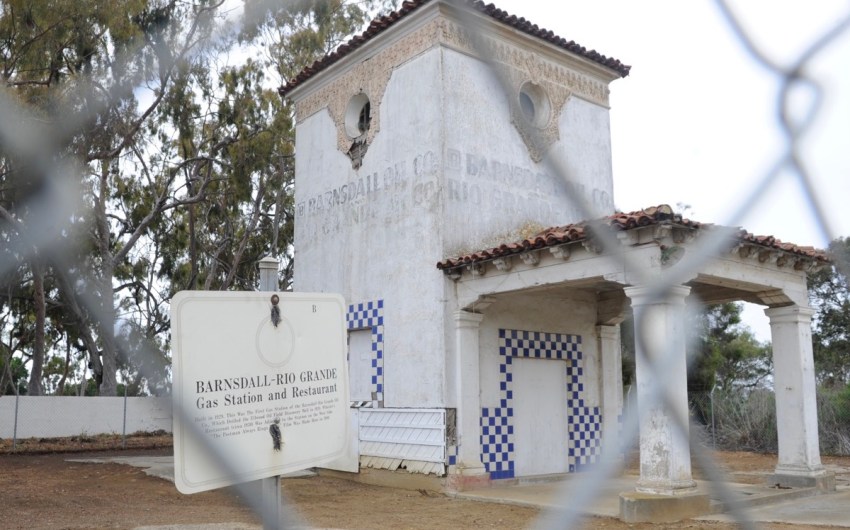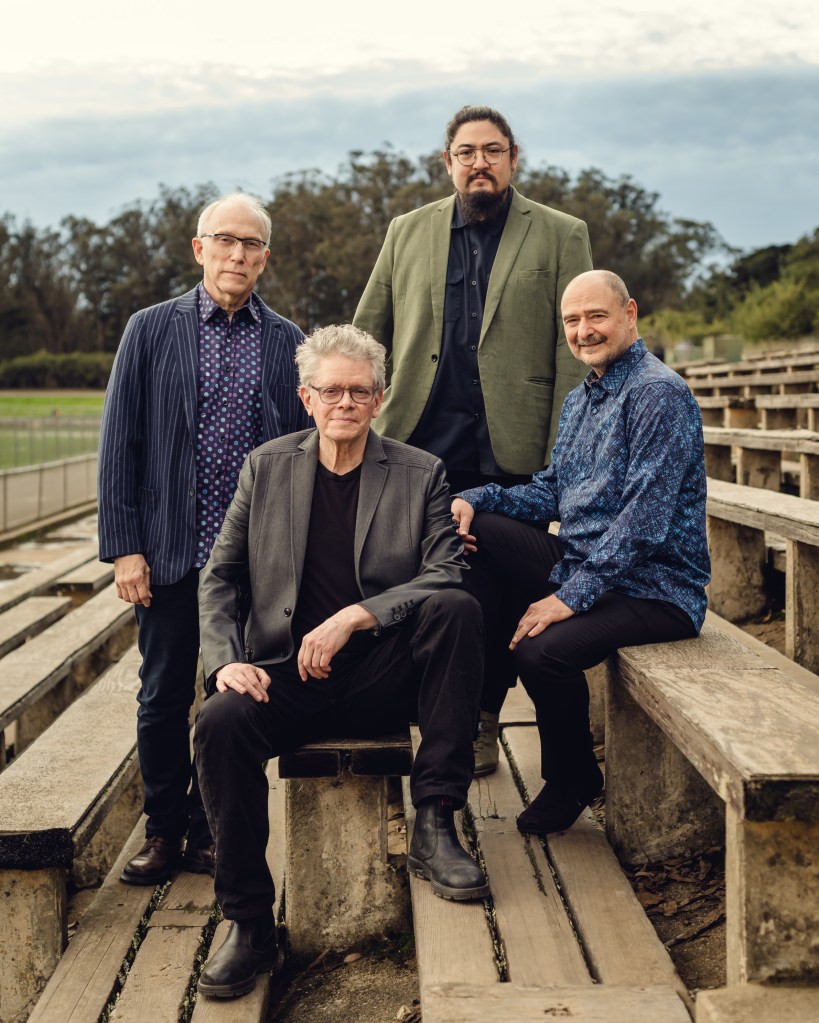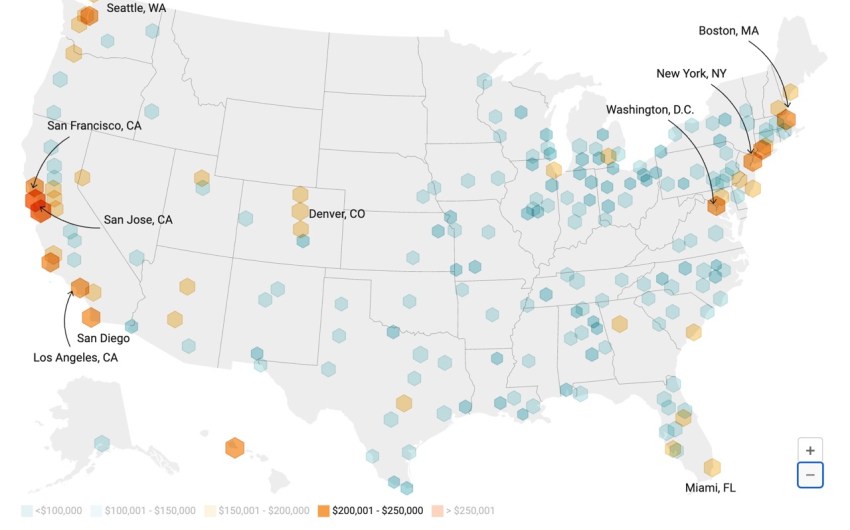From the “hard to believe the math” files comes news of Kronos Quartet’s half-century milestone this year. Kronos has been a vital force in the forward-moving evolution of the string quartet world, and as a group with its finger ever on the pulse of new and as-yet-materialized ideas in the string quartet world, it has somehow seemed young beyond its years.
It all began with Crumb. Founder and soft-spoken powerhouse David Harrington was inspired by George Crumb’s anti-war howl Black Angels to start the group. To date, the past 50 years have yielded a massive archive of more than 1,000 Kronos-spawned and arranged works, with multiple Grammy Awards along the way.
We knew them when. The Kronos has made several visits to Santa Barbara over the years, usually in Campbell Hall — part of their current Five Decades tour, on Saturday, April 27, hosted by UCSB Arts & Lectures. But in the formative years, back when performing modern-leaning repertoire of Bartók, Shostakovich, and the 20th-century like, Kronos also played a series of memorable concerts at the Music Academy. Back then, the venue was known as Abravanel Hall, now upgraded as Hahn Hall, and Kronos had yet to commit to focusing on championing new and brand-new, commissioned additions to its now-vast library of quartet works.
Recalling the Music Academy series, Harrington says, “I remember we also did the world premiere of Frank Zappa’s piece ‘None of the Above’ there, too. I remember that very well. Hopefully, we’re still trying to find ourselves as a quartet,” he laughs. “That’s part of the intriguing aspect of being in a group. There’s a lot to discover. I’m not intending to stop trying to discover who I am as a musician and who this group is as a group.”
With its fresh approach and wide-open ears to musical possibilities and genres, Kronos managed to break through the restrictive classical machinery and cull a following that ranges from classical music diehards to those not necessarily plugged into serious music, as such. Early ventures led them to a cheeky cover of Jimi Hendrix’s “Purple Haze” and music of jazz legends Thelonious Monk and Charles Mingus.
Over the years, they have worked with significant composers from the minimalist gang (Terry Riley, Philip Glass, Steve Reich, Bang on a Can folks), worldly goods from Sofia Gubaidulina, Osvaldo Golijov, Vladimir Martynov, Astor Piazzolla, Aleksandra Vrebalov, Bryce Dessner, Henry Threadgill, and countless others. Last year’s weirdly haunting EP Michael Gordon: Campaign Songs asserts a sly link back to Hendrix, with a wild-toned rewiring of “The Star-Spangled Banner” opening a collection of anthems inventively deconstructed and Kronos-ized.
Remarkably, the Kronos personnel has remained largely unchanged for all those decades, with first violinist Harrington leading the charge and the agenda, joined by violinist John Sherba and violist Hank Dutt. The cello chair, held down for many years by Joan Jeanrenaud, has been a rotating spot, currently occupied by Paul Wiancko. As another marker of “mid-life” organizational change, Sherba and Dutt will be retiring just after their appearance at the ninth annual Kronos Festival in the glorious SFJAZZ Center, June 20-23.
As expected, the Kronos program for Campbell Hall is unexpected. This is no simple, nostalgic memory-lane dance, but a varied plate of young and otherwise lesser-known composers with a window on the present and future. The menu aptly opens with Sam Green’s Kronos at Fifty and closes with the five-part ZonelyHearts by Nicole Lizée. The best-known composers on the upcoming program are Sun Ra and Terry Riley, along with Sara Miyamoto, whose Kiss Yo’ Ass Goodbye was arranged by cellist Wiancko.
Among the inspired and enriching projects in the still-evolving Kronos cosmos is the 50 for the Future project, described as “a free library of 50 contemporary works designed to guide string quartets in developing and honing the skills required for the performance of 21st-century repertoire.” For the listeners among us, the site makes it possible to dip into the deep pool of recordings of these works, evidence of what Kronos has wrought, and with a bold sense of a continuing mission (listen here).
Harrington looks back and comments, “When I was a teenager, I decided that I was going to be a musician. I think each of us in Kronos made that same decision at about the same age, probably in our early teens, or maybe even a little earlier. I don’t think any of us in Kronos think we know about music any more than anybody else. It’s just this mystery that we get to be a part of.
“Because we made that decision at an early age, we just get to involve ourselves with it and have it surround us. We get to be a part of the musical community of other performers and composers and presenters and lovers of music. But when all is said and done, it’s a mystery. How does this stuff work? Believe me, I can’t tell you. I don’t know.
“All I can do is get magnetized to things, allow myself to be magnetized, try to have the energy ready if some incredible experience comes along and then find a way of bringing that into the world of Kronos.”
Further info at artsandlectures.ucsb.edu/events-tickets/events/23-24/kronos-quartet.




